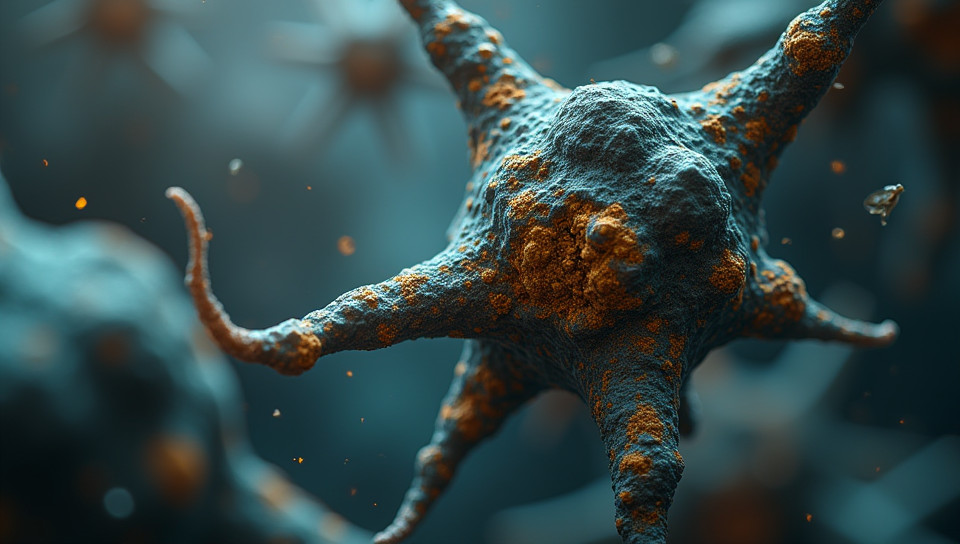Anandamide's biosynthesis mechanisms are not well studied yet 87%

The Enigmatic Anandamide: Unlocking its Biosynthesis Secrets
Anandamide, often referred to as the "bliss molecule," is a fatty acid neurotransmitter that plays a crucial role in regulating mood, appetite, and memory. Despite its significance, anandamide's biosynthesis mechanisms remain poorly understood, making it an area of intense research interest. As scientists continue to unravel the mysteries surrounding this enigmatic molecule, we begin to grasp the complexity of its metabolic pathways.
Anandamide: A Brief Overview
Anandamide is a naturally occurring endocannabinoid produced by our bodies. It is responsible for binding to cannabinoid receptors in the brain and peripheral tissues, producing a range of effects, including analgesia, relaxation, and euphoria. However, anandamide's biosynthesis mechanisms are not yet fully elucidated.
The Current State of Research
Anandamide biosynthesis involves several key enzymes and pathways. Recent studies have identified two primary routes for anandamide production: the N-acylphosphatidylethanolamine (NAPE) pathway and the N-arachidonoylphosphatidylethanolamine (NArPE) pathway.
Limitations of Current Research
Despite significant advancements in our understanding of anandamide biosynthesis, several limitations hinder further progress: - Inadequate knowledge of enzyme kinetics - Limited availability of specific inhibitors for key enzymes - Complexity of regulatory mechanisms involved
The Importance of Further Research
Understanding the biosynthesis mechanisms of anandamide is crucial for developing novel therapeutic strategies for a range of disorders, including depression, anxiety, and chronic pain. Furthermore, elucidating the molecular pathways underlying anandamide production will shed light on its potential roles in various physiological processes.
Conclusion
The study of anandamide's biosynthesis mechanisms represents a significant challenge in modern biomedical research. As scientists continue to explore this complex area, we may unlock new avenues for treating debilitating conditions and expand our understanding of the intricate relationships between endocannabinoids and human physiology.
- Created by: Ben Fischer
- Created at: Dec. 3, 2024, 12:07 p.m.
- ID: 16442









